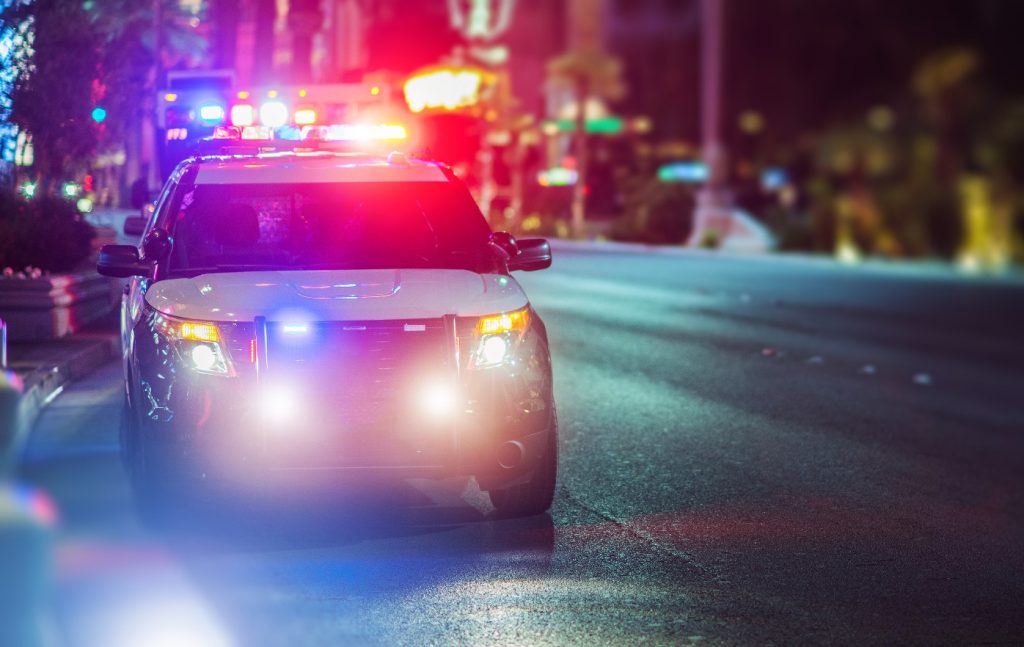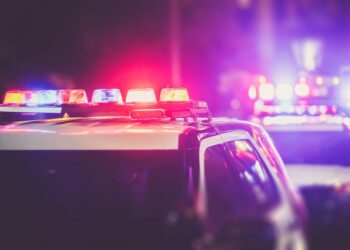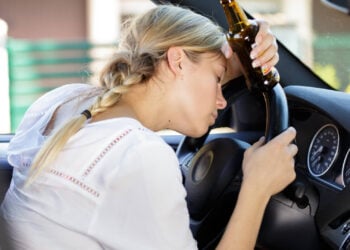Butter is awesome. I can’t think of a single person I know who doesn’t love butter. For some dieters, it may be one of the most difficult things to give up on a weight loss journey! Margarine is not butter. It can never be butter. No matter what they color it, how they shape it, or what cute container they put it in – margarine will always be a poor substitute for butter.
>>CALL (972)885-6559 NOW TO SET UP A CONSULTATION FOR YOUR TEXAS DWI<<
Those of us in the criminal law field regularly deal with “science” programs being run by law enforcement entities. We are no longer shocked to find corners that are cut, standard operating procedures that are not followed, and, sometimes, just pure fraud. If science is butter, police science is margarine. No matter how hard the government tries, “science” run by law enforcement will always be margarine.
Take the administration of the Texas breath alcohol testing program under COVID as an example. COVID is an air-borne disease. That is why we’ve all been masked up for 15 months. We pass the virus in our breath. Breath alcohol analysis, by its very nature, requires the expiration of a breath sample into the breath testing instrument – which in Texas is the Intoxilyzer 9000.
Texas regulations require that those tasked with the care and upkeep of the instruments – known as Technical Supervisors – do on-site inspections every 30 days to run checks on the 9000 and perform what is known as a solution change. Prior to March 2020, this would be part of the State’s evidence when attempting to offer a breath test result in trial. A logical person might ask (1) how have the instruments been maintained during COVID and (2) what steps have been taken to clean/sanitize breath testing instruments during COVID?
In April 2020, the Scientific Director of the Texas Breath Alcohol Testing Program, Trevis Beckworth, issued a directive to all Technical Supervisors telling them to cease on-site inspections until further notice. The stated reason was “to lessen the risk of exposure to our Technical Supervisors.” No mention was made of the risk to those actually taking a breath test. This raises two issues: Required inspections that are necessary to maintain the scientific integrity of the breath test being administered were halted and no steps were put into place to clean or decontaminate the instruments to prevent the risk of exposure to a person taking a breath test. Wouldn’t the prudent and safe move have been to cease the program altogether until such time as instruments could be safely maintained as required by regulation and a COVID cleaning protocol could be designed and implemented?
Internationally-known breath alcohol testing expert Jan Semenoff, who edits a journal called Counterpoint: The Journal of Science & the Law, published an article in 2020 entitled “Breath Testing in the Age of COVID: Can Breath Alcohol Testing be a Source of Viral Transmission?” (Vol 4, Issue 3, Article 6). He discusses the risk of COVID transmission during a breath alcohol test both to the person taking the test and the officer administering it. He also notes that Intoximeters, Inc., the manufacturer of another breath testing instrument used in many states, posted on their website in March 2020 a recommended cleaning and disinfecting protocol in response to COVID. It provided detailed instructions for both evidentiary and roadside breath testing devices. The whole procedure was expected to take anywhere from 10-30 minutes to complete. Shortly after posting this protocol it was removed from their website with no explanation. Was there blowback from law enforcement? No one knows.
He also notes the analogy of a spirometry device commonly found in physician’s offices and pulmonary function labs. Its design and function is very similar to a hand-held breath alcohol testing device. Recent research has shown there is potential for cross contamination of pathogens between patients and operators and patient to patient.
What remains to be seen is how criminal court judges will rule on evidentiary challenges to breath alcohol results obtained from instruments that were not maintained during COVID but were still in use. Additional challenges due to the potential risk of COVID exposure to those taking breath tests on dirty machines will also be forthcoming.








